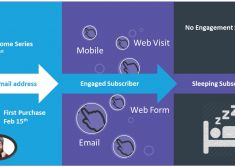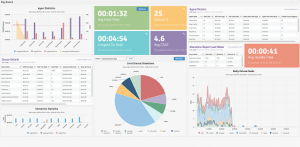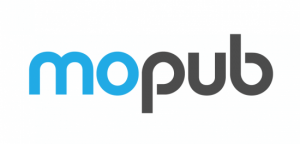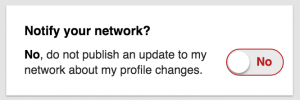We miss you: reactiving your email marketing campaigns for B2B

With 25 per cent of email addresses in company databases classified as inactive, B2B marketers reassessing their email marketing strategies may want to consider launching a reactivation email marketing campaign. With an average of 30 per cent of email addresses turning over each year due to subscribers changing or creating a new email address, in the B2B sector, there is no one at the receiving end of nearly one-third of all emails. Repeatedly sending emails to subscribers who no longer engage with your emails will have a negative impact on your email open and click-to-open rates. Accounts that haven’t shown activity in 30 days or more can be labeled inactive so reactivating and cleaning house is necessary according to a recent report from Marketo and Return Path. When only 79 per cent of commercial emails land in the inbox, this means that 1 in 5 emails sent never make it to a recipients’ inboxes.
The best way to awaken a dormant subscriber or clean house is to run a reactivation campaign. The importance of a reactivation campaign is that it can avoid the negative impact on your email open and click-to-open rates due to a large portion of the list being cold, especially if nearly one-third of emails are not being received. To become spam or black-flagged by sending emails to unengaged subscribers hurts marketing campaigns immensely. Cleaning out the email lists is great for email deliverability and overall IP address health. Subscribers that do not respond to reactivation campaigns can be removed from all future mailings to avoid spam complaints and hard bounces.
The report suggests four steps to reactivating email campaign that includes isolating sleepy subscribers through engagement segmentation. Testing different content, offers and language, beyond a one-and done campaign, give subscribers a way out.
Initially, in order to isolate sleepy subscribers, marketers need to determine just how long a “long time” is or what defines “inactive”. If subscribers are sent just one email per month, a “long time” might be a year or more. On the other hand, if emails are sent daily, a six-month window may be just right. Secondly, testing content, reactivation through a different lens, is important to awaken subscribers and, in this case, re-engagement – not an immediate purchase it a key success metric.
Setting goals, implementation and measurement involve a strategy that can include an advanced automation system that might make it easy to set up automated campaigns based on a timeframe. In other words, a contact that falls out of the six month engagement window qualifies for the automated program, a series of ten reactivation emails meant to trigger re-engagement and get the subscriber back into the six-month window.
Reactivation campaigns can also help marketers identify the most active, valuable email recipients as well as valuable recipients that have not engaged in a while. Reactivating inactive but valuable recipients is much cheaper than acquiring new names. The name and email address has already been acquired – it’s a matter of triggering past customers again. For B2B marketers targeting executive level lists, these are valuable contacts that should not be retired. By creating a new group and just sending emails to them one a quarter may be the most effective strategy.
(47)
Report Post





